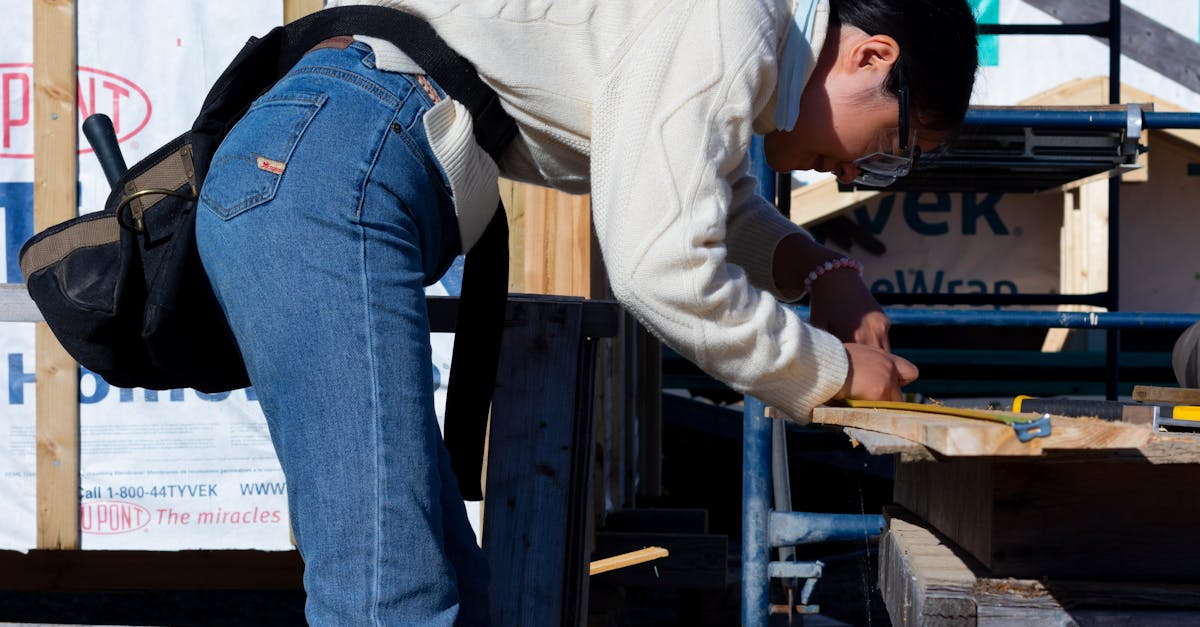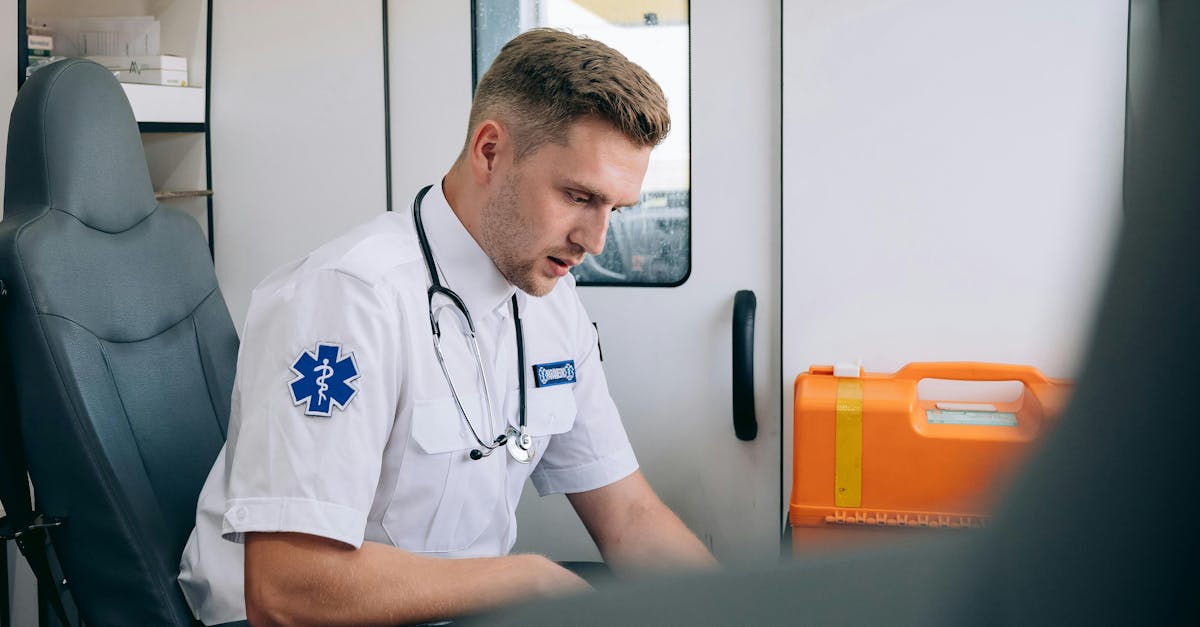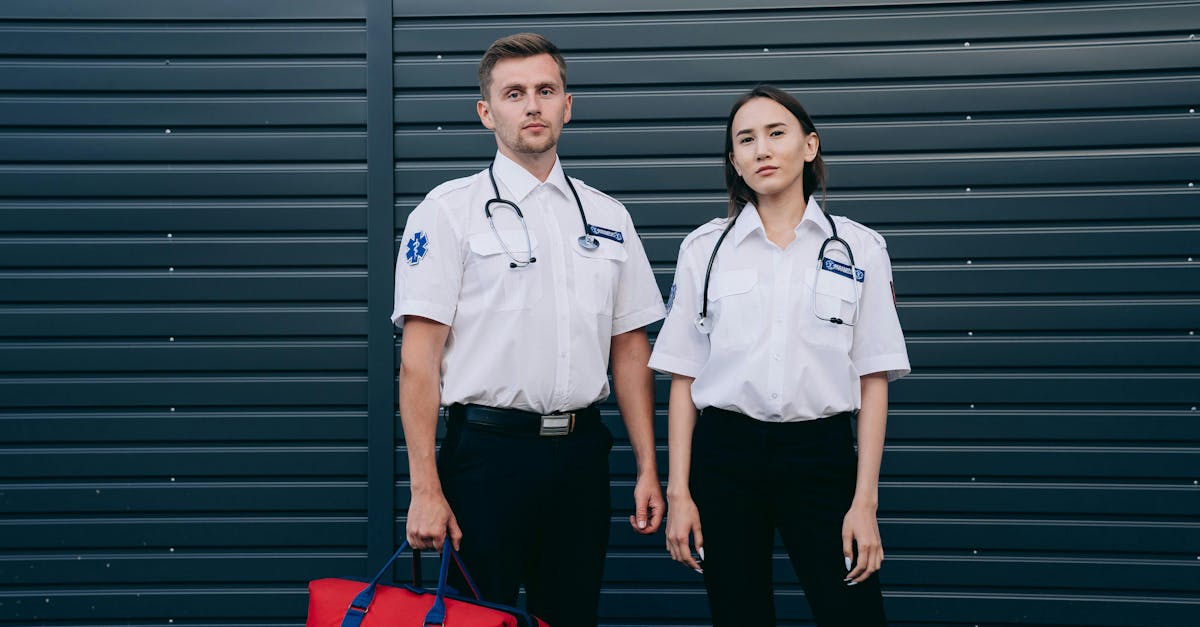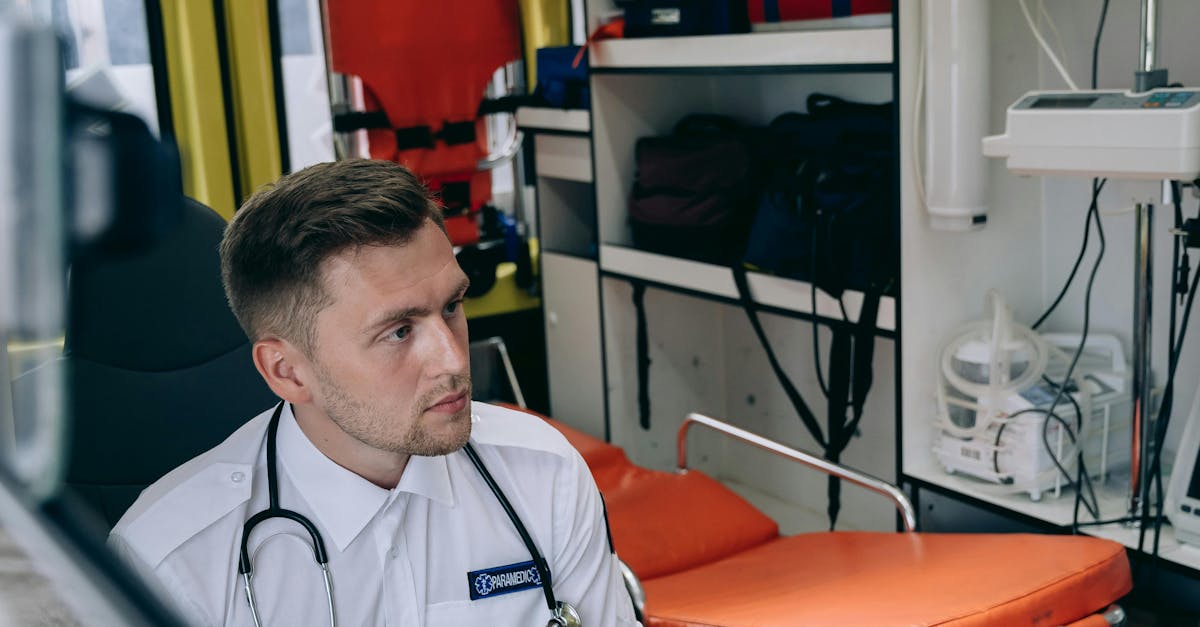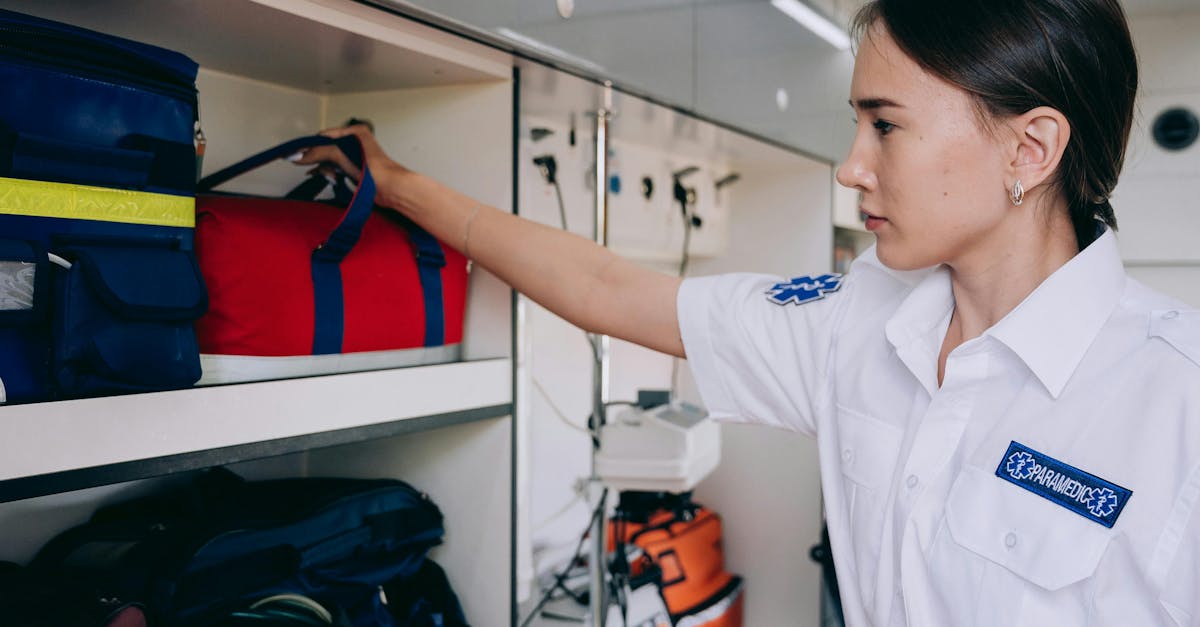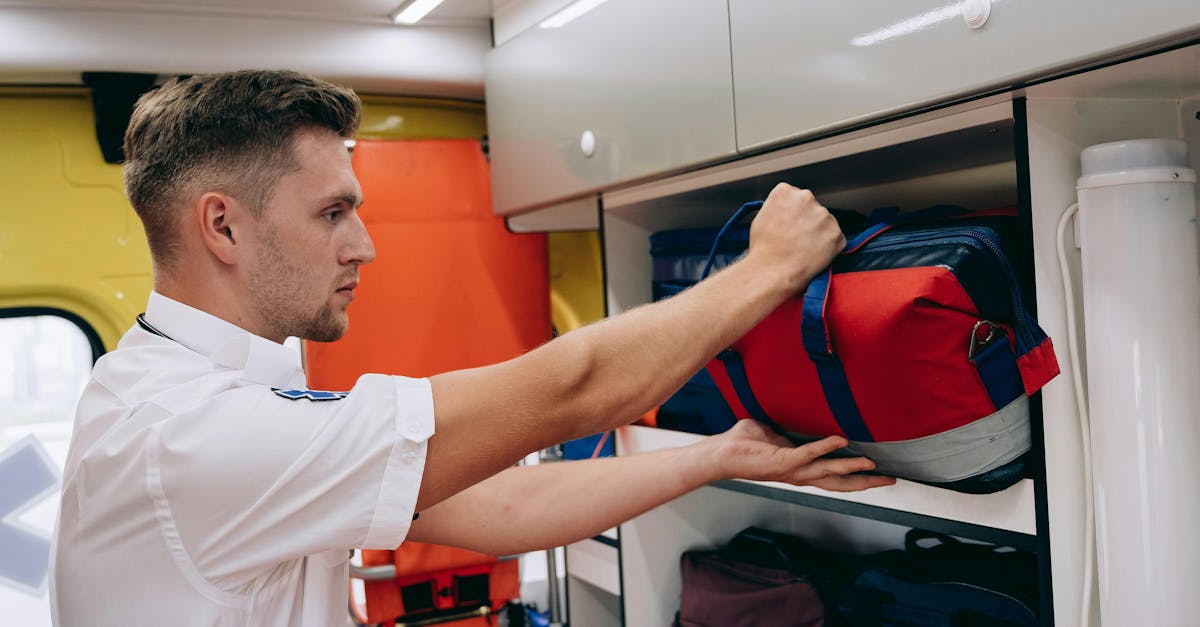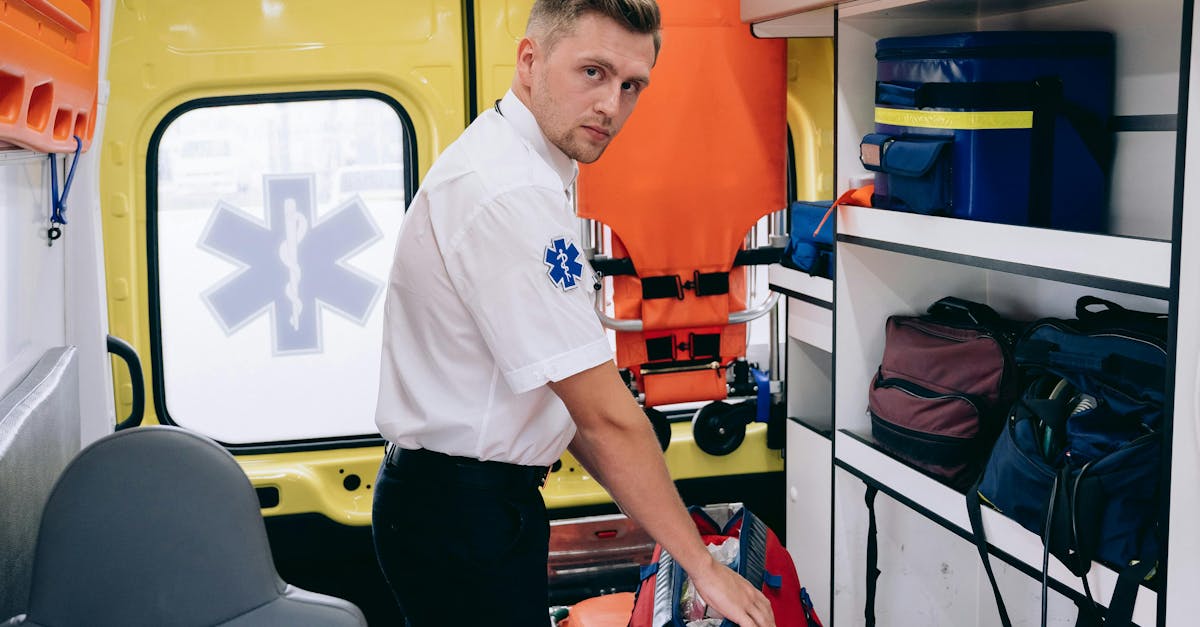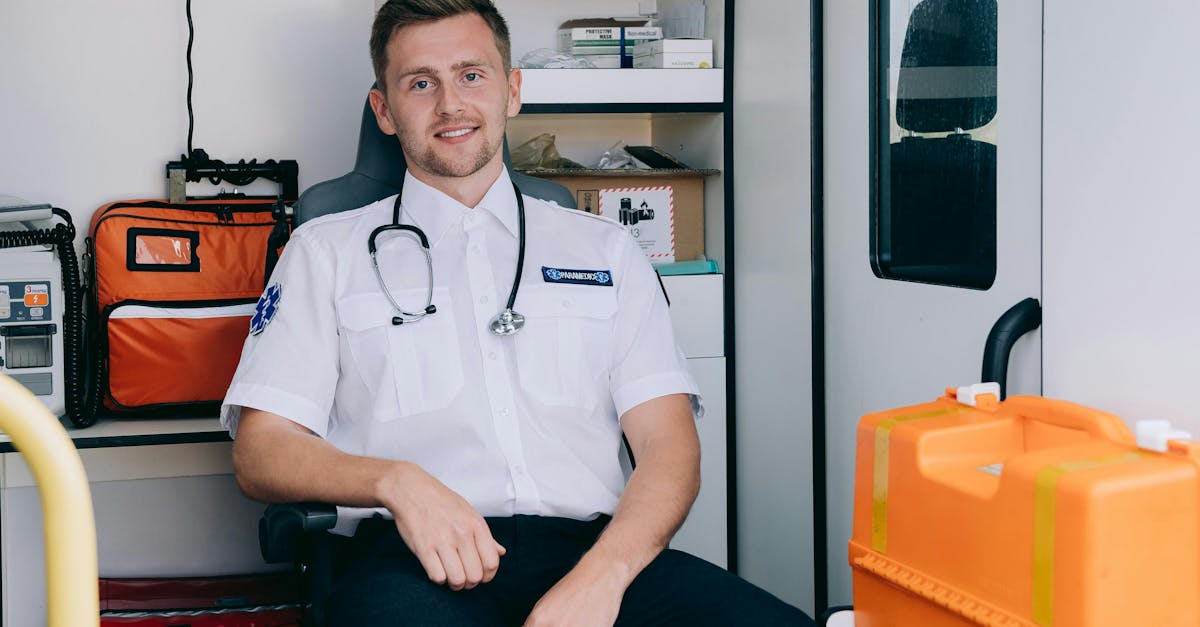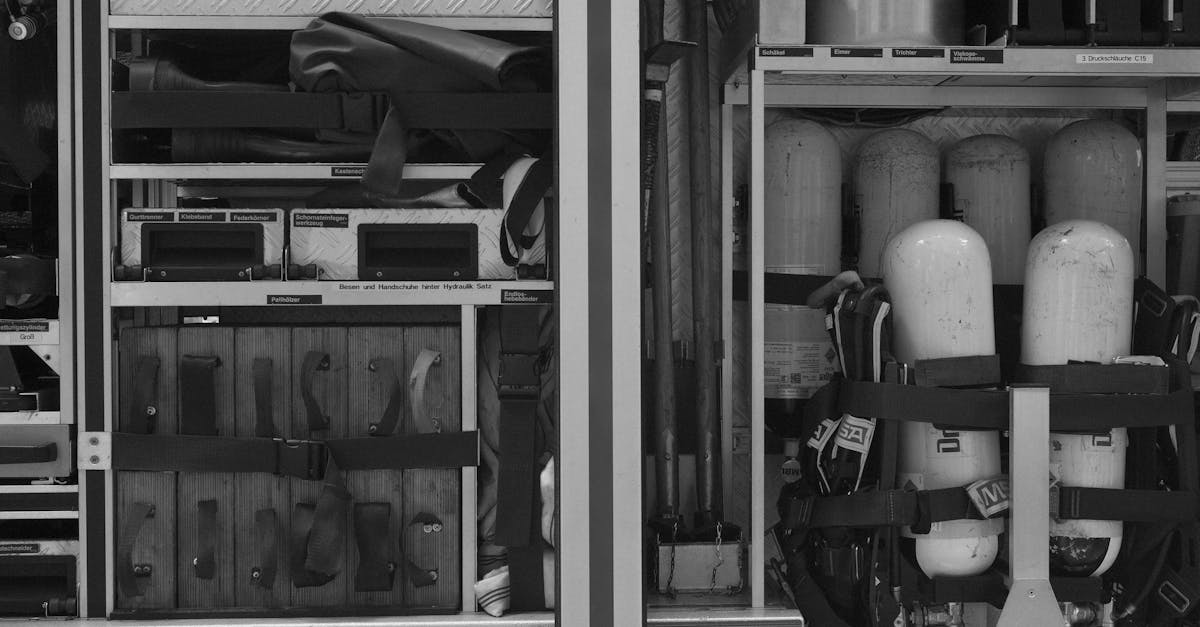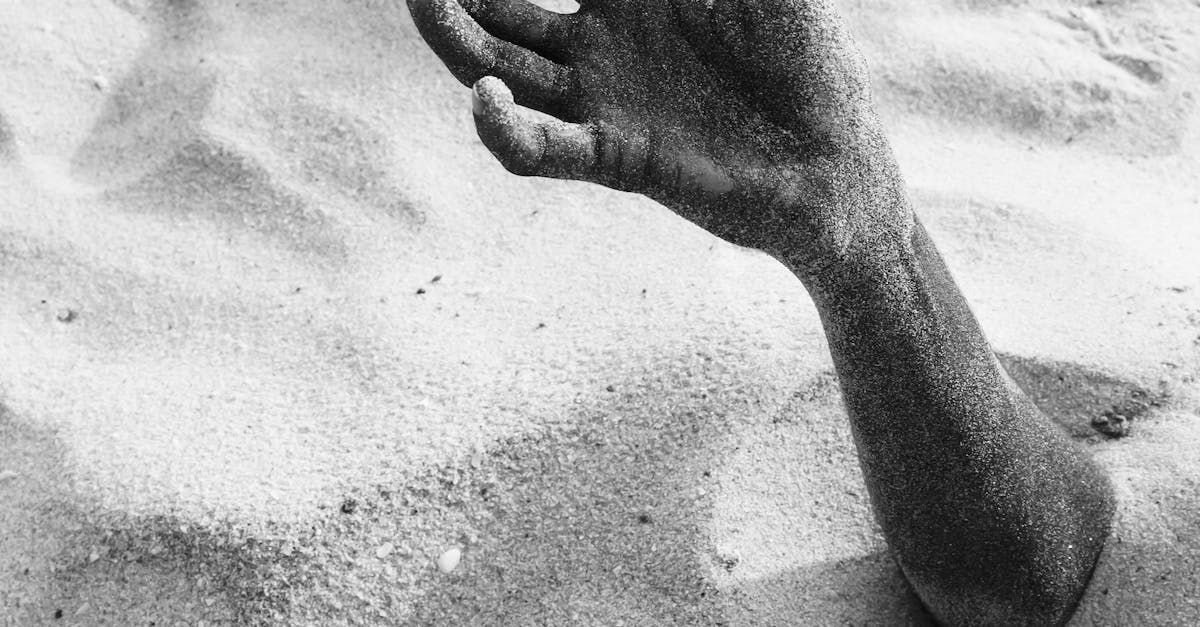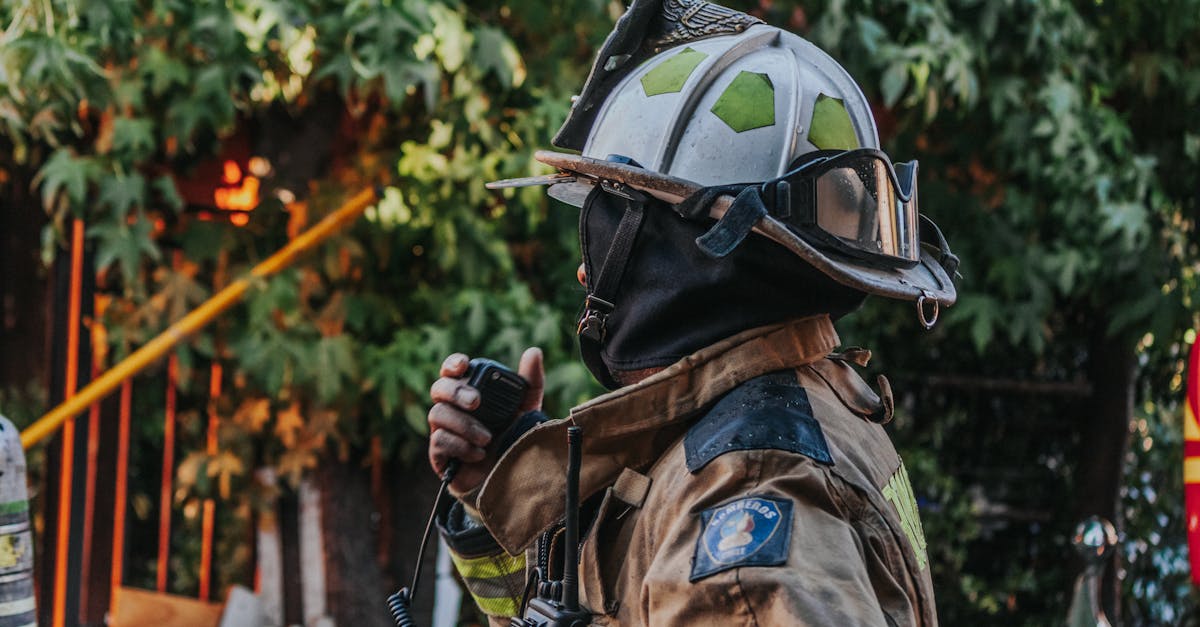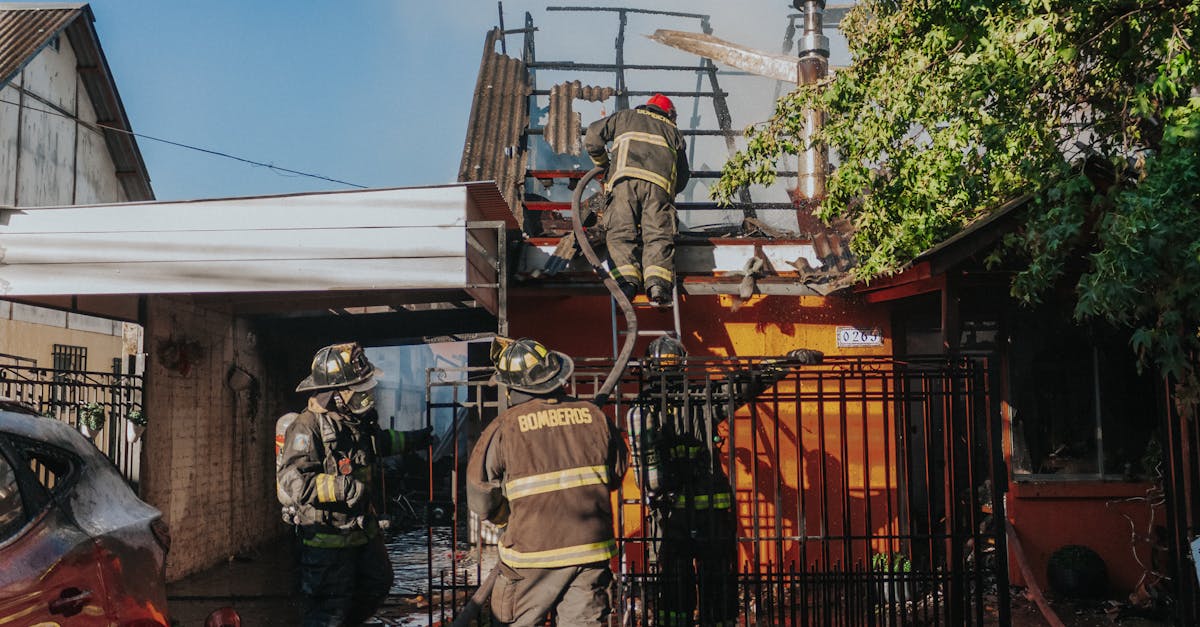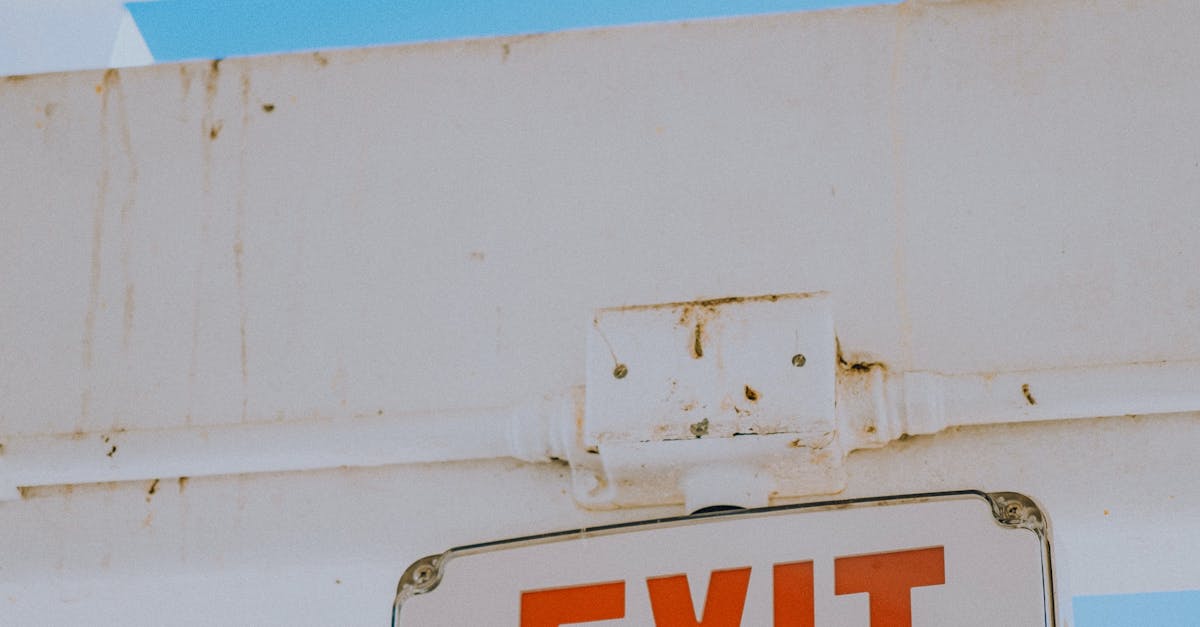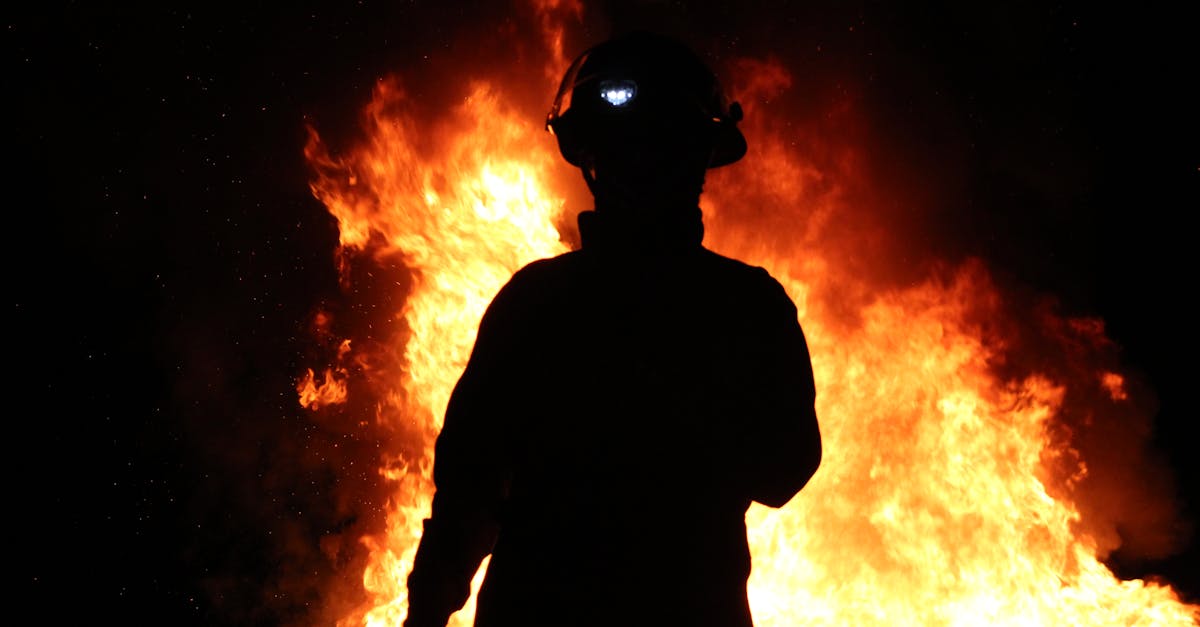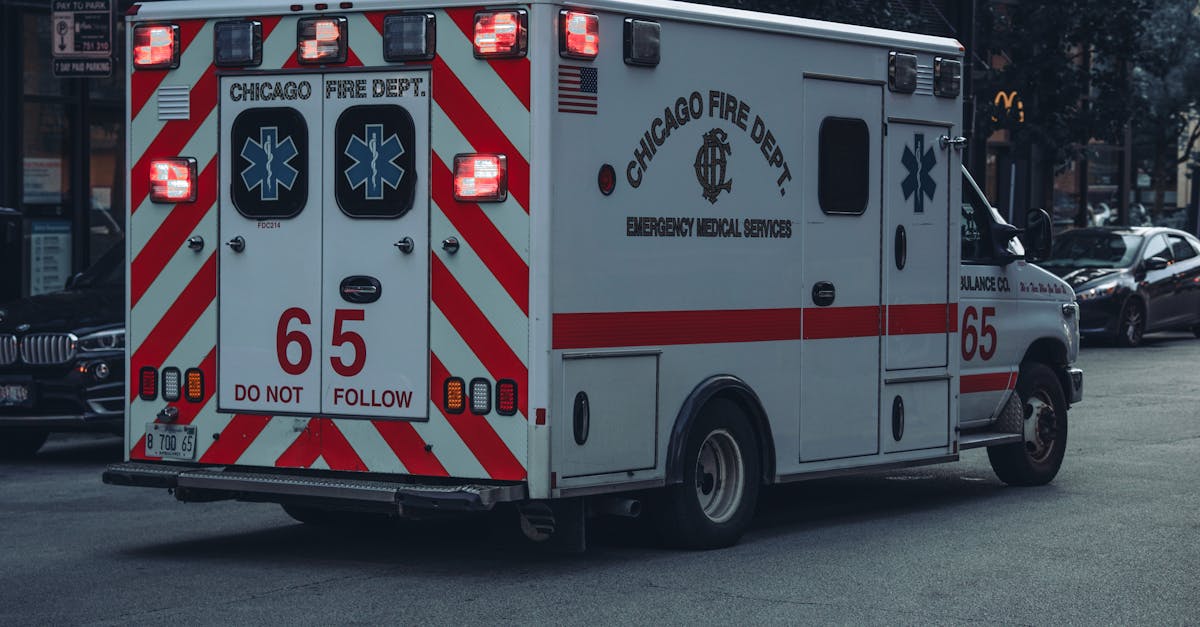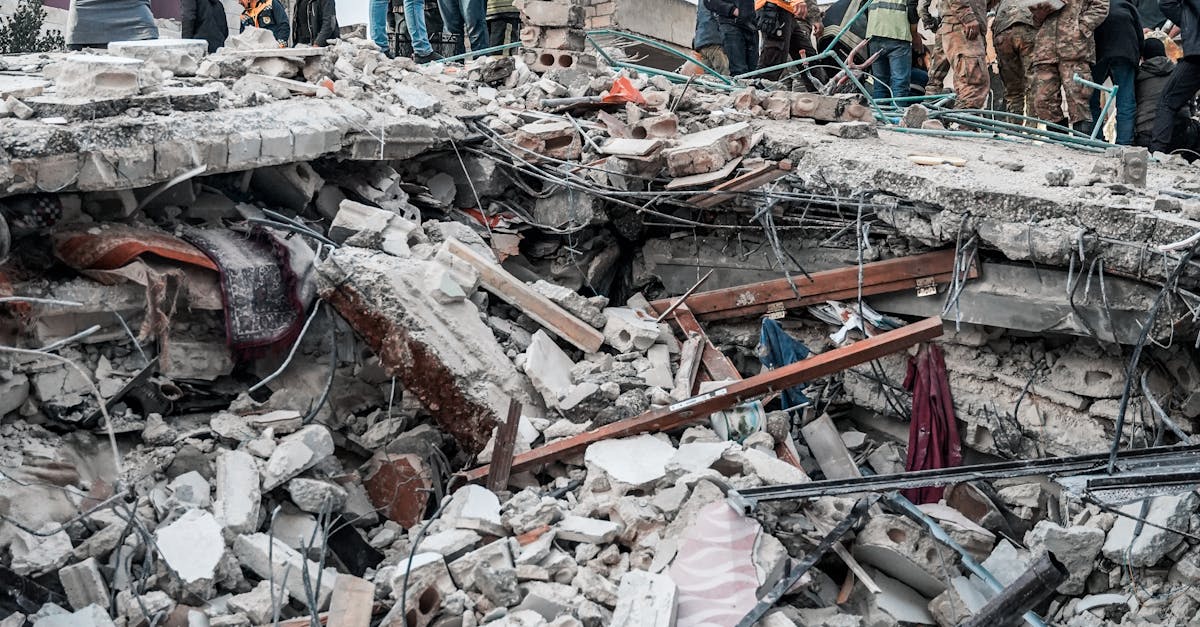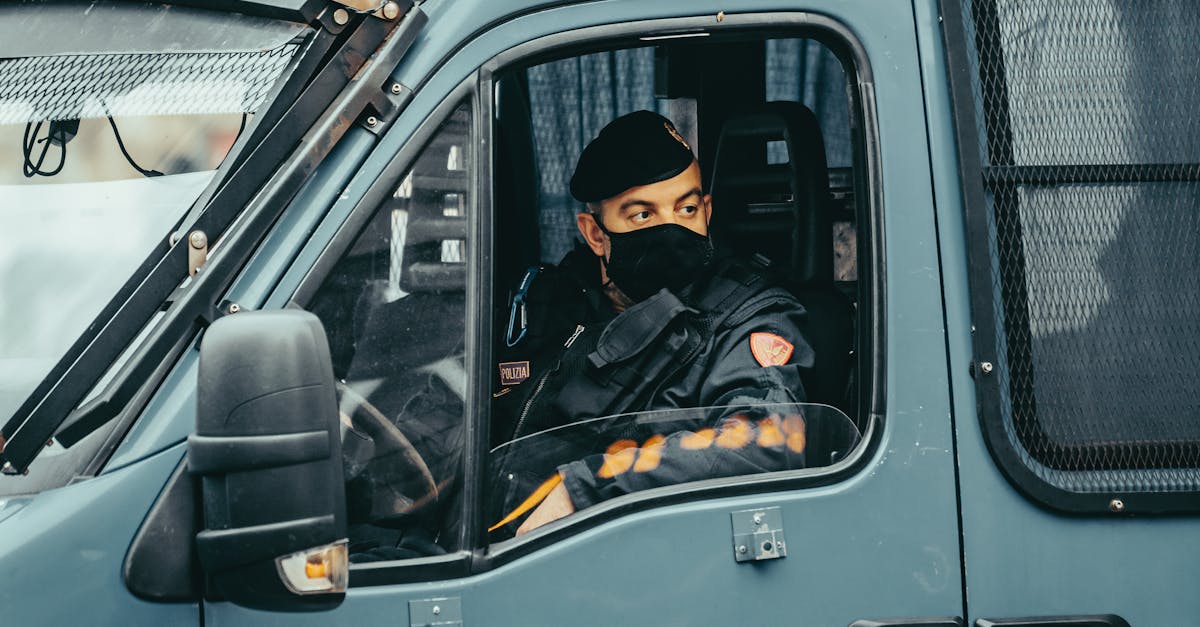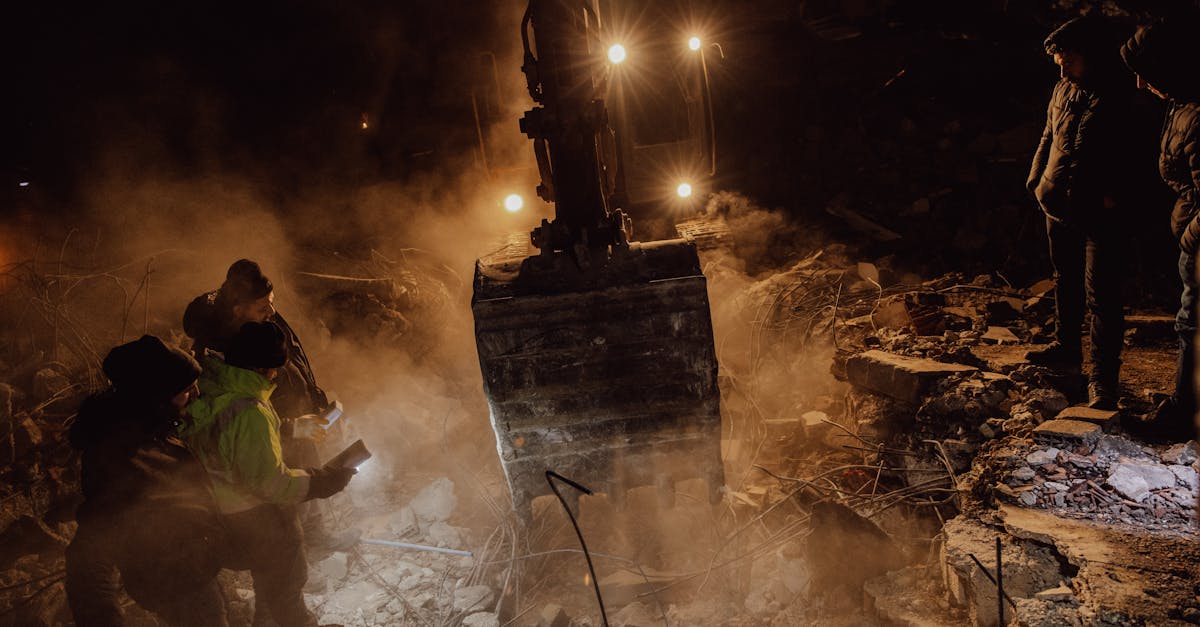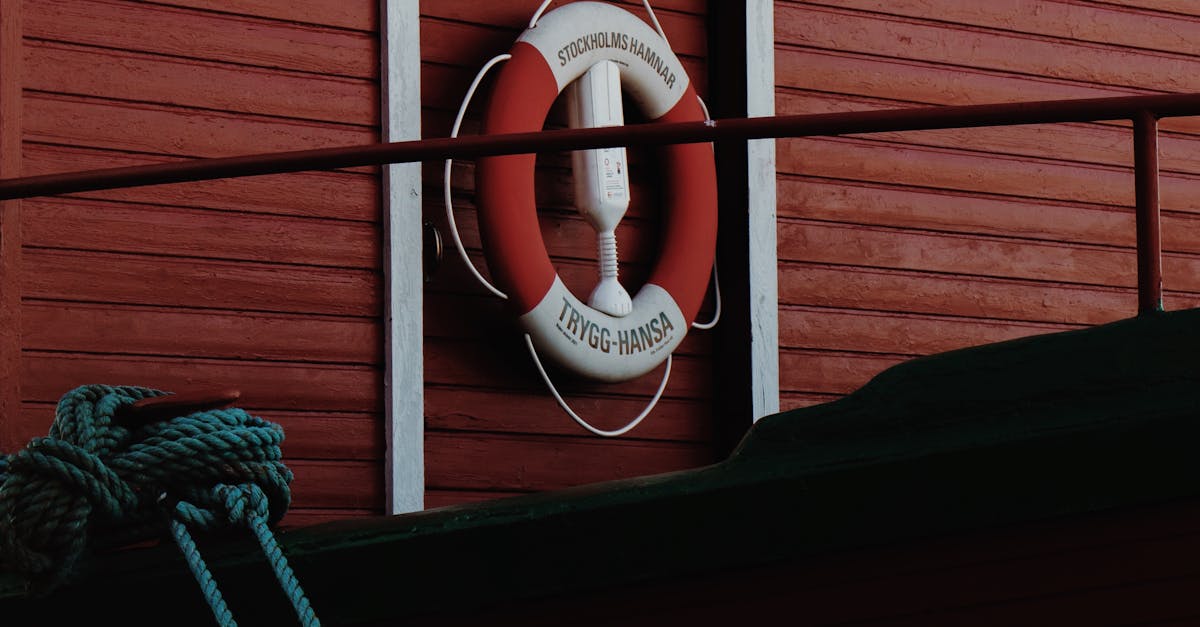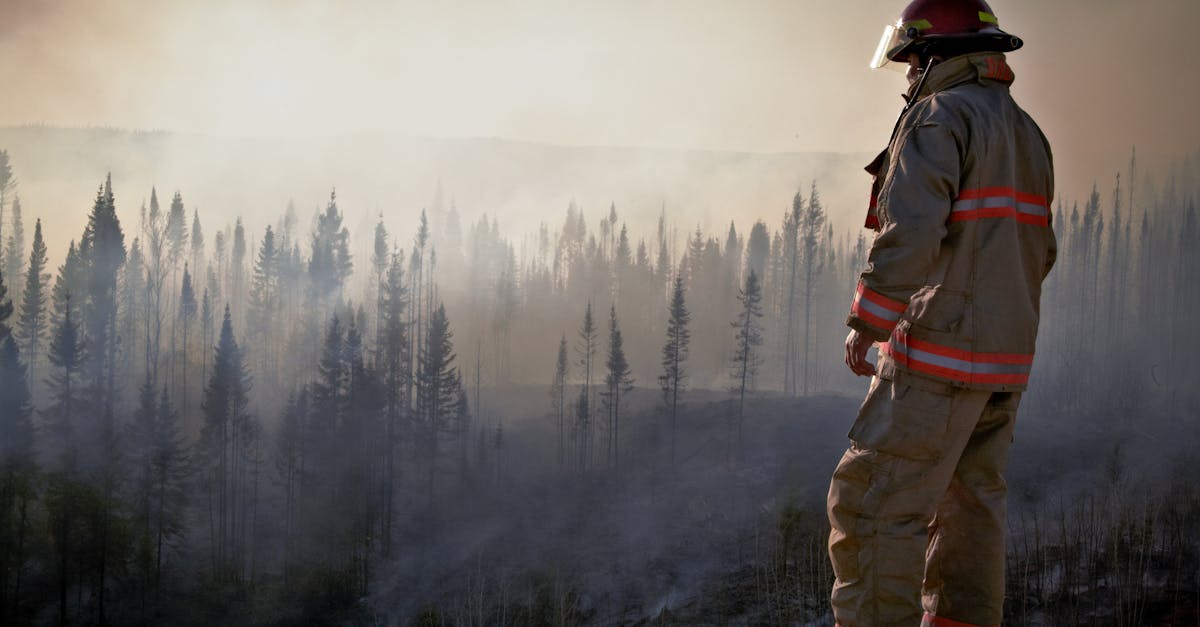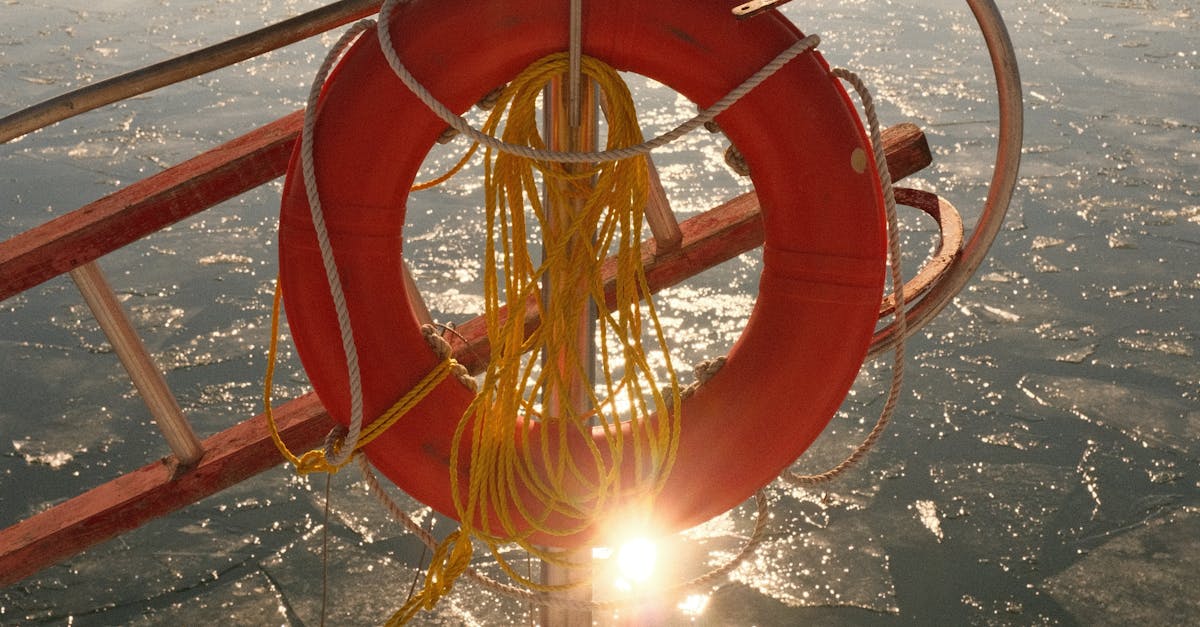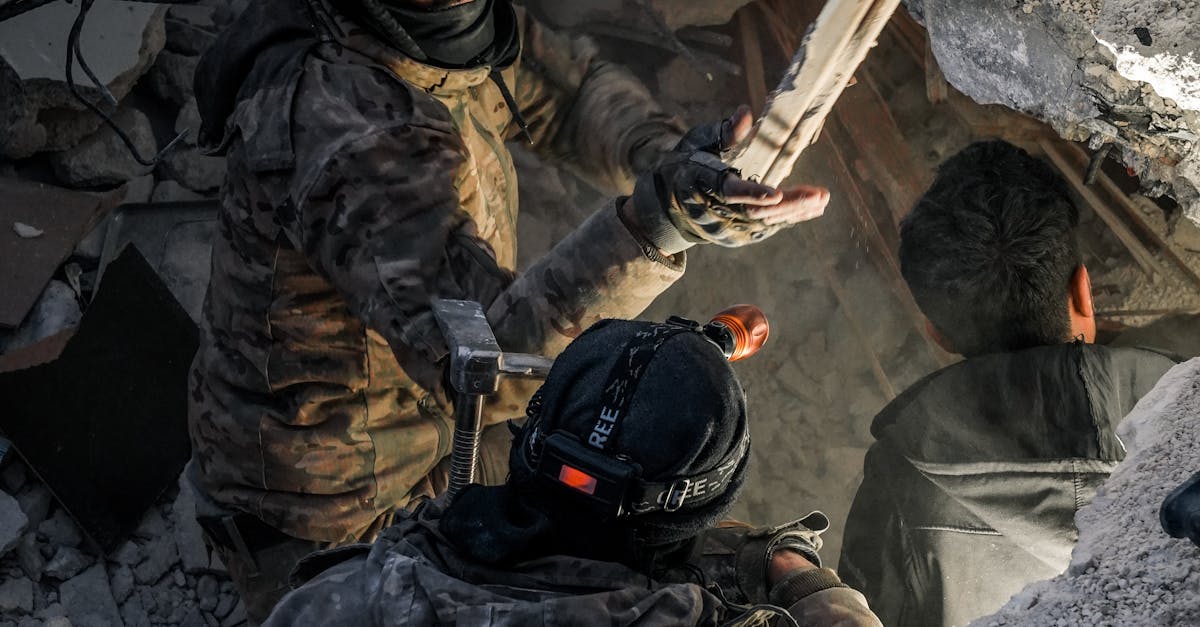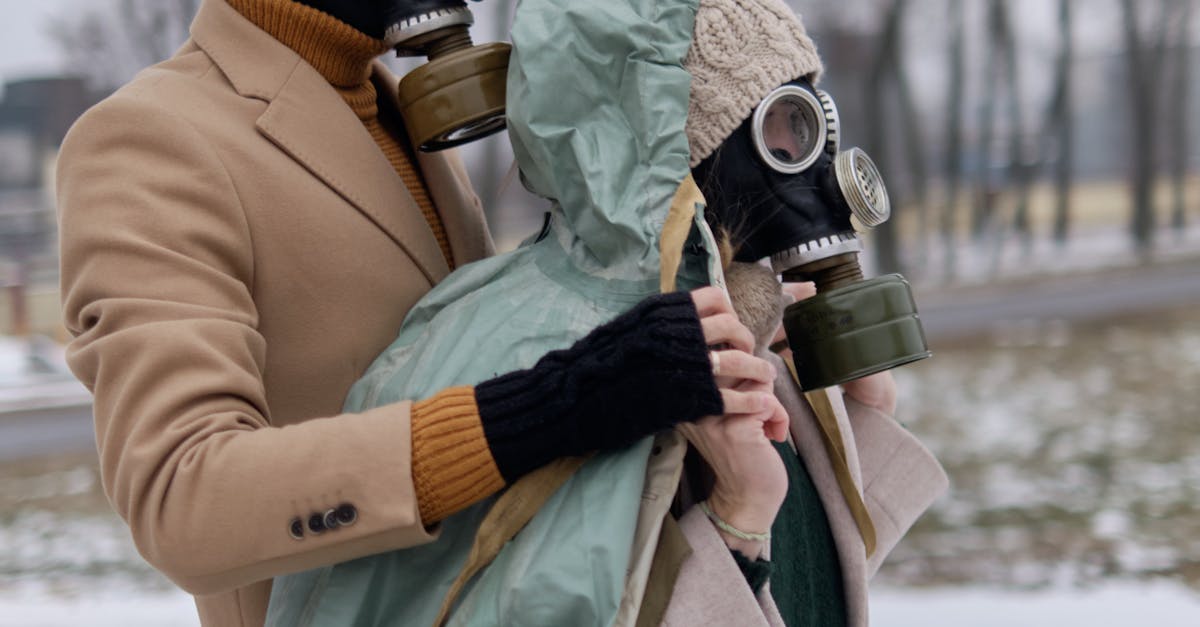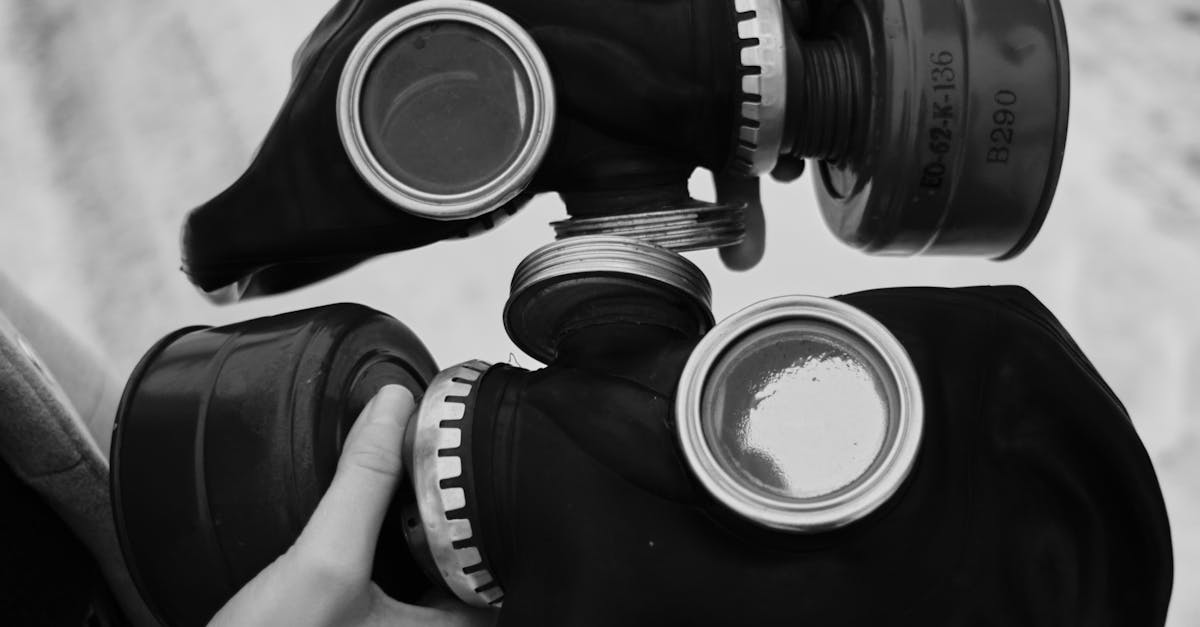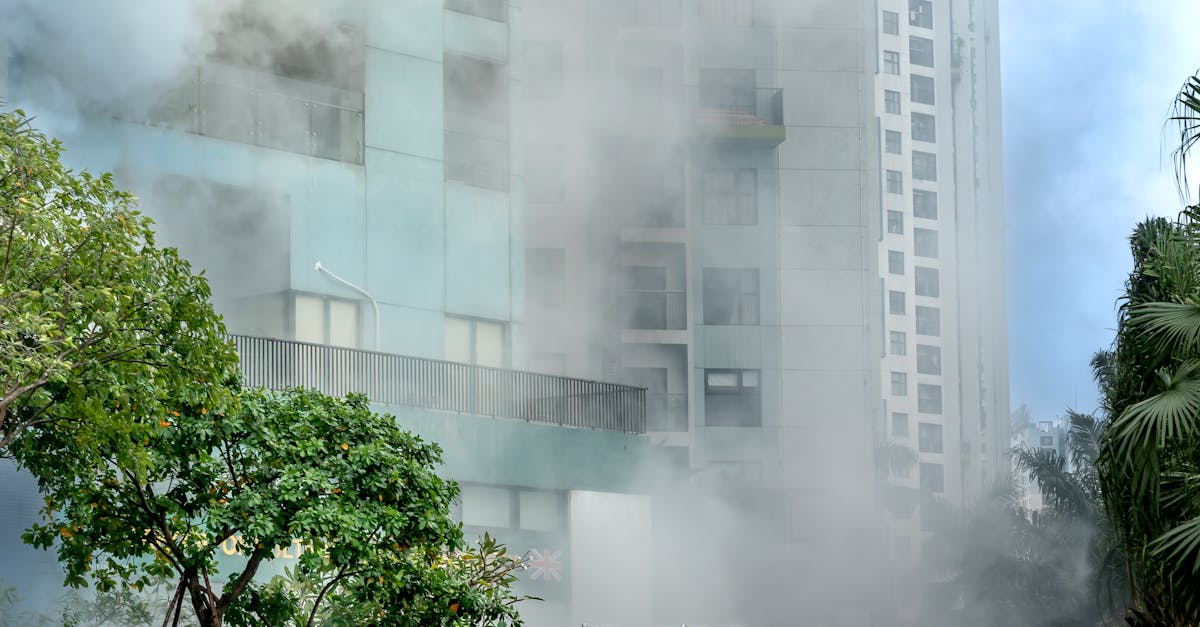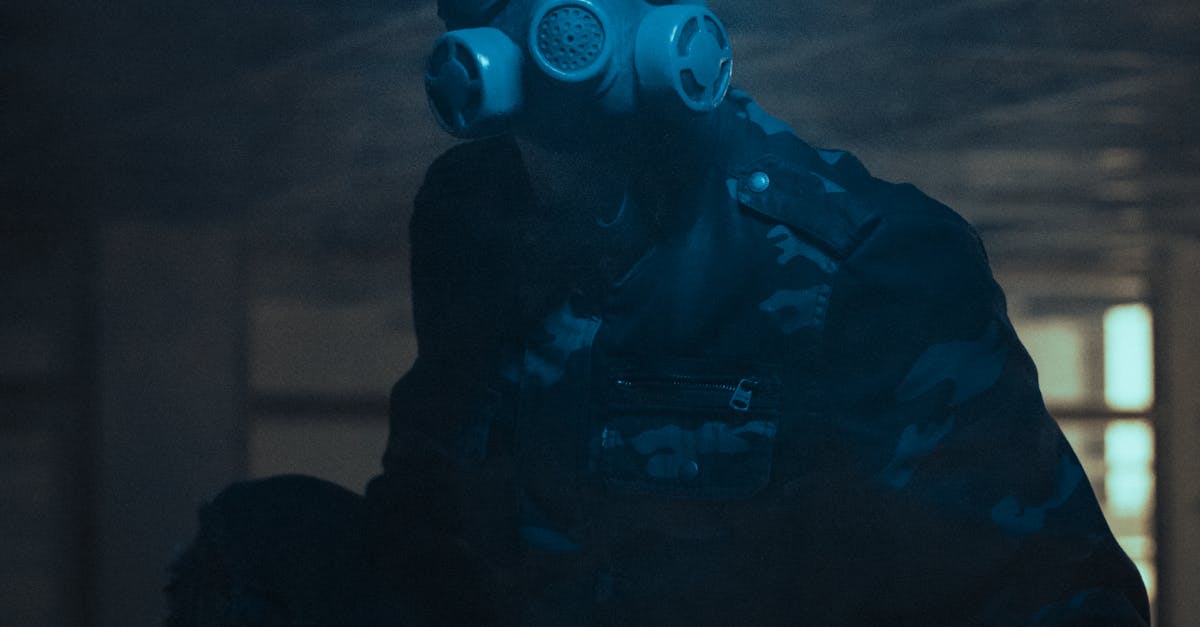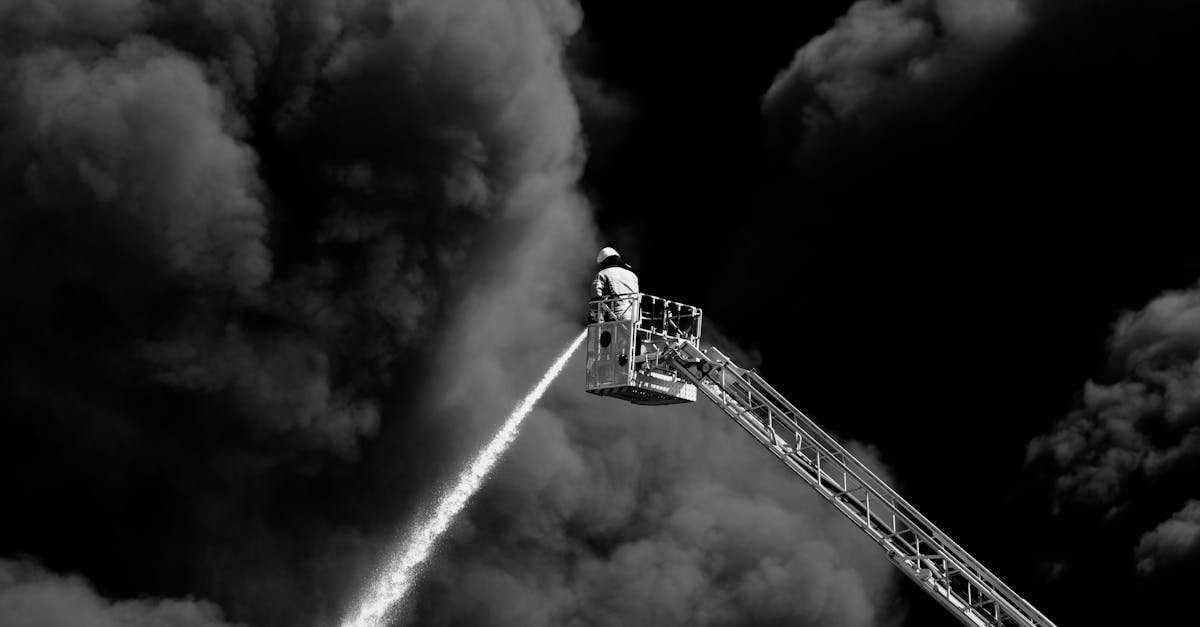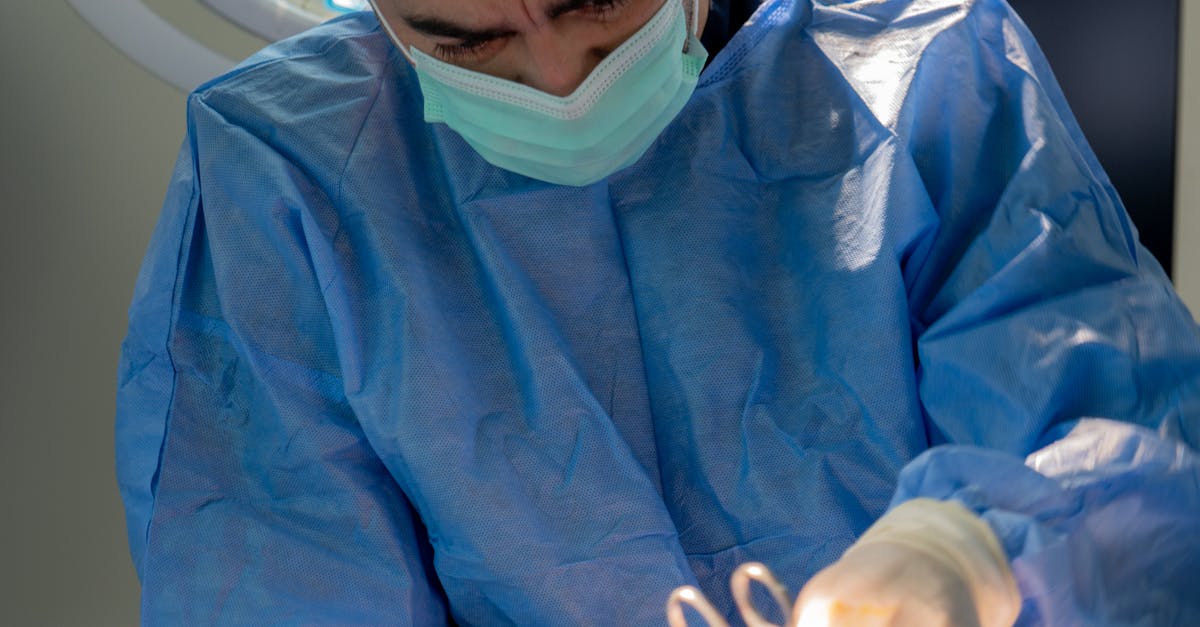
Table Of Contents
Document the Damage
When a burst pipe occurs, promptly documenting the damage is crucial for both your records and insurance claims. Take clear, detailed photographs of affected areas, showing the extent of water damage and any belongings that may be impacted. This visual evidence will support your case with insurance companies and help a burst pipe plumber assess the situation more accurately. It’s advisable to capture images from various angles, ensuring comprehensive coverage of the damage.
In addition to photographs, make a written account of the incident, noting the date and time the burst pipe occurred. Include details about the location of the leak and any immediate actions taken to minimise damage, such as shutting off the water supply. This information will be valuable for your burst pipe plumber when developing a repair plan and may also assist during the insurance claims process.
Taking Photos for Insurance Claims
Capturing detailed photographs of the damage caused by a burst pipe is an essential step in the insurance claims process. When taking these photos, aim for clarity and focus while showcasing the affected areas. Document the extent of the damage, including any visible water, structural harm, and the overall environment. This visual evidence will provide a comprehensive overview of the incident for your insurer. Additionally, include images of your burst pipe plumber in action if they are present. Their involvement highlights the immediate response to the emergency.
Ensure to take pictures from multiple angles to fully illustrate the situation. This comprehensive approach helps eliminate any ambiguity about the condition of your property. It's advisable to photograph your belongings that have been impacted so that your claim reflects all losses accurately. Remember, the better the documentation, the smoother the claims process will likely be. Engaging your burst pipe plumber in discussions about the damage might also yield useful insights that can be included in your report.
Begin Water Extraction
Swift water extraction is crucial following a burst pipe to minimise further damage to your property. Start by switching off the main water supply to prevent additional flooding. Depending on the severity of the leak, a burst pipe plumber can assist with the initial assessment and ensure that any remaining water is addressed promptly. Use pumps or wet vacuums for effective removal of standing water from floors and carpets.
After draining the water, consider using fans and dehumidifiers to aid in drying out the affected areas. This step is essential to help prevent mould growth and structural damage in your home. Ensure that all areas, including walls and under cabinets, are adequately dried. Engaging a burst pipe plumber can also provide guidance on assessing residual moisture levels, allowing for a thorough and effective drying process.
Using Pumps and Wet Vacuums
When dealing with water accumulation caused by a burst pipe, using pumps and wet vacuums can be essential for effective water removal. These tools help in quickly extracting large volumes of water, significantly reducing the risk of further damage to your property. Start with a wet vacuum as it is more portable and ideal for smaller areas. Ensure you choose a vacuum that's designed for liquid extraction to avoid damage or malfunction. For larger pools of water, a submersible pump can be highly efficient, allowing for quicker recovery of the space.
After removing the majority of the water, consider consulting a burst pipe plumber for comprehensive assistance. Their expertise can guide you on the best extraction practices and help identify any underlying plumbing issues that may require attention. Additionally, they can offer advice on equipment rental options and safety precautions. Thorough extraction is crucial as lingering moisture can lead to mould growth and structural issues if not addressed promptly.
Dry Out Affected Areas
After addressing the immediate leak and ensuring the water supply is turned off, focus on drying out the affected areas. Begin by removing any items that have absorbed moisture, such as furniture, rugs, or carpets. This helps prevent further damage and mould growth. If possible, relocate these items to a dry area while assessing their condition. Open windows to allow for ventilation and improve air circulation. Proper airflow is crucial in hastening the drying process, so turn on fans or air conditioners if available.
Dehumidifying is another essential step in this recovery. Use dehumidifiers to draw moisture from the air, which aids in drying out walls and floors. Monitor humidity levels during this process. If you're unsure how to address significant water damage, it may be wise to consult a burst pipe plumber. Their expertise can help identify hidden water pockets and ensure that the drying process is as effective as possible, reducing the risk of long-term damage.
Best Practices for Dehumidifying
Dehumidifying affected areas promptly is crucial to prevent mould growth and further damage. Start by opening windows and doors to encourage airflow while using fans to enhance circulation. Aim for relative humidity levels below 50 per cent. A burst pipe plumber may recommend utilising commercial-grade dehumidifiers, which can effectively extract moisture from the air. Be sure to place these dehumidifiers in areas with the highest moisture levels for optimal results.
In rooms with severe dampness, consider removing carpets, rugs, or any affected furniture. These items can retain moisture, hindering the drying process. Using a blow dryer or heat gun can also assist in targeting specific wet areas. Monitor the humidity levels regularly to assess progress. Collaborating with a burst pipe plumber may provide further guidance on ensuring the area is completely dry and safe for reoccupation.
FAQS
What should I do first after discovering a burst pipe?
The first step is to turn off the water supply to prevent further flooding. After that, document the damage by taking photos, which will be useful for insurance claims.
How can I effectively document the damage from a burst pipe?
To effectively document the damage, take clear photos of all affected areas, including flooring, walls, and any damaged belongings. Be sure to capture the extent of the water damage to support your insurance claim.
What types of equipment are best for water extraction after a burst pipe?
Using a combination of pumps and wet vacuums is ideal for effective water extraction. These tools can help remove standing water quickly and efficiently.
How can I ensure that the affected areas dry out completely?
To ensure complete drying, use dehumidifiers and fans to circulate air. Open windows and doors for ventilation, and keep the heating on if it's cold to help evaporate moisture.
Should I contact a professional after a burst pipe, or can I handle it myself?
It depends on the extent of the damage. If the damage is minor and manageable, you can handle it yourself. However, if the flooding is severe or there's structural damage, it's advisable to contact a professional for assistance.
